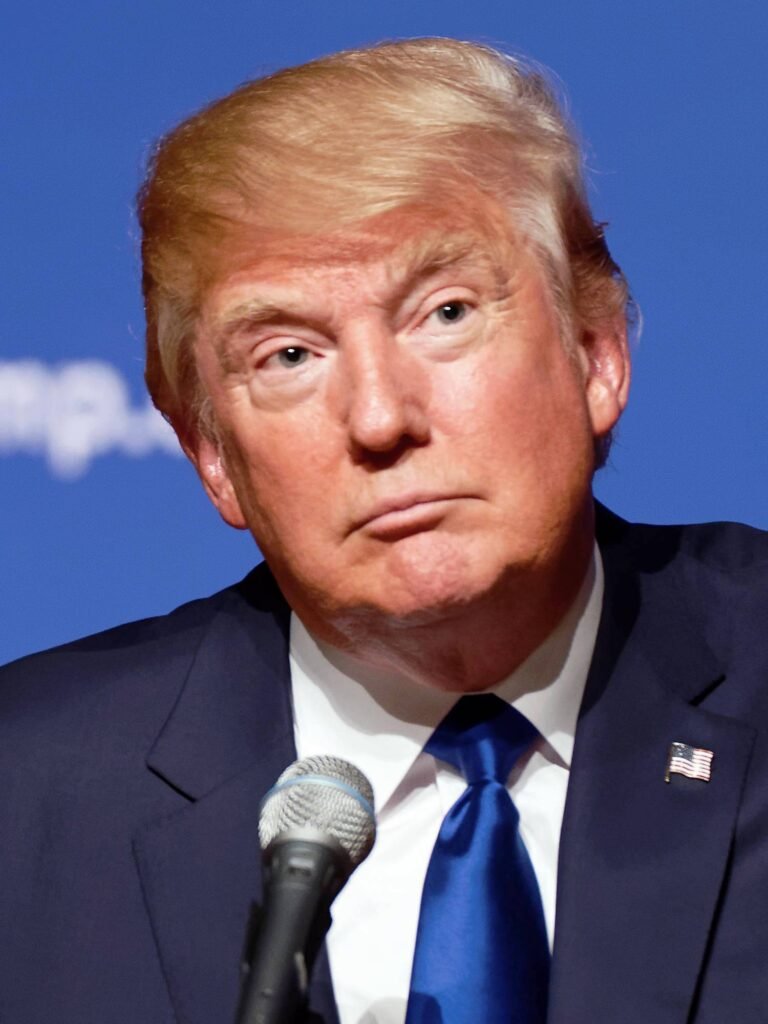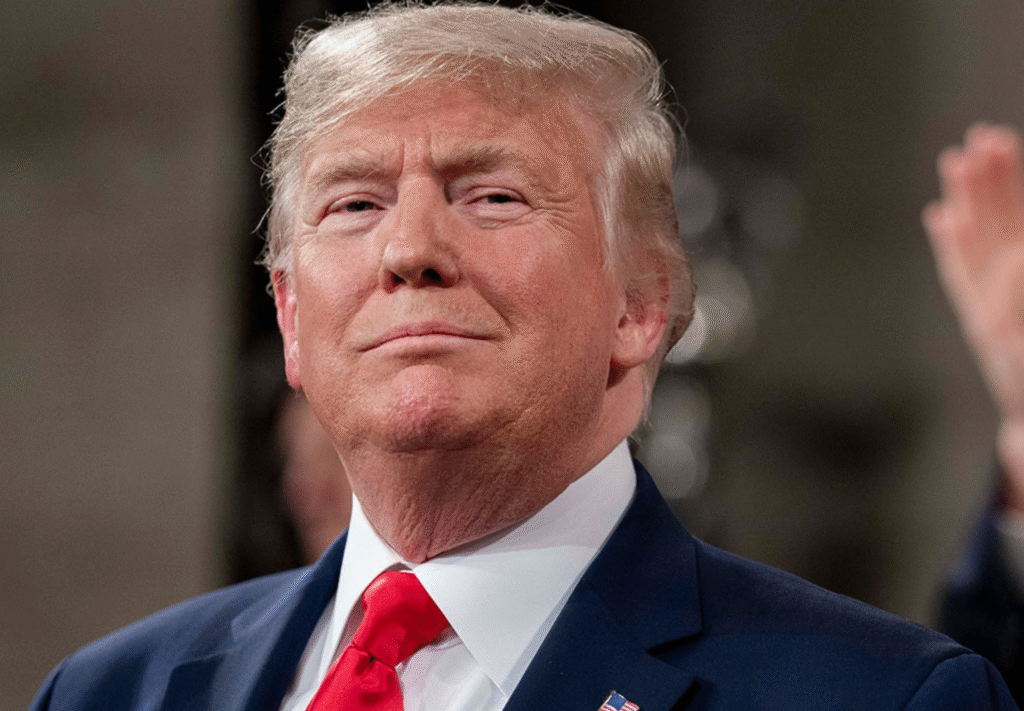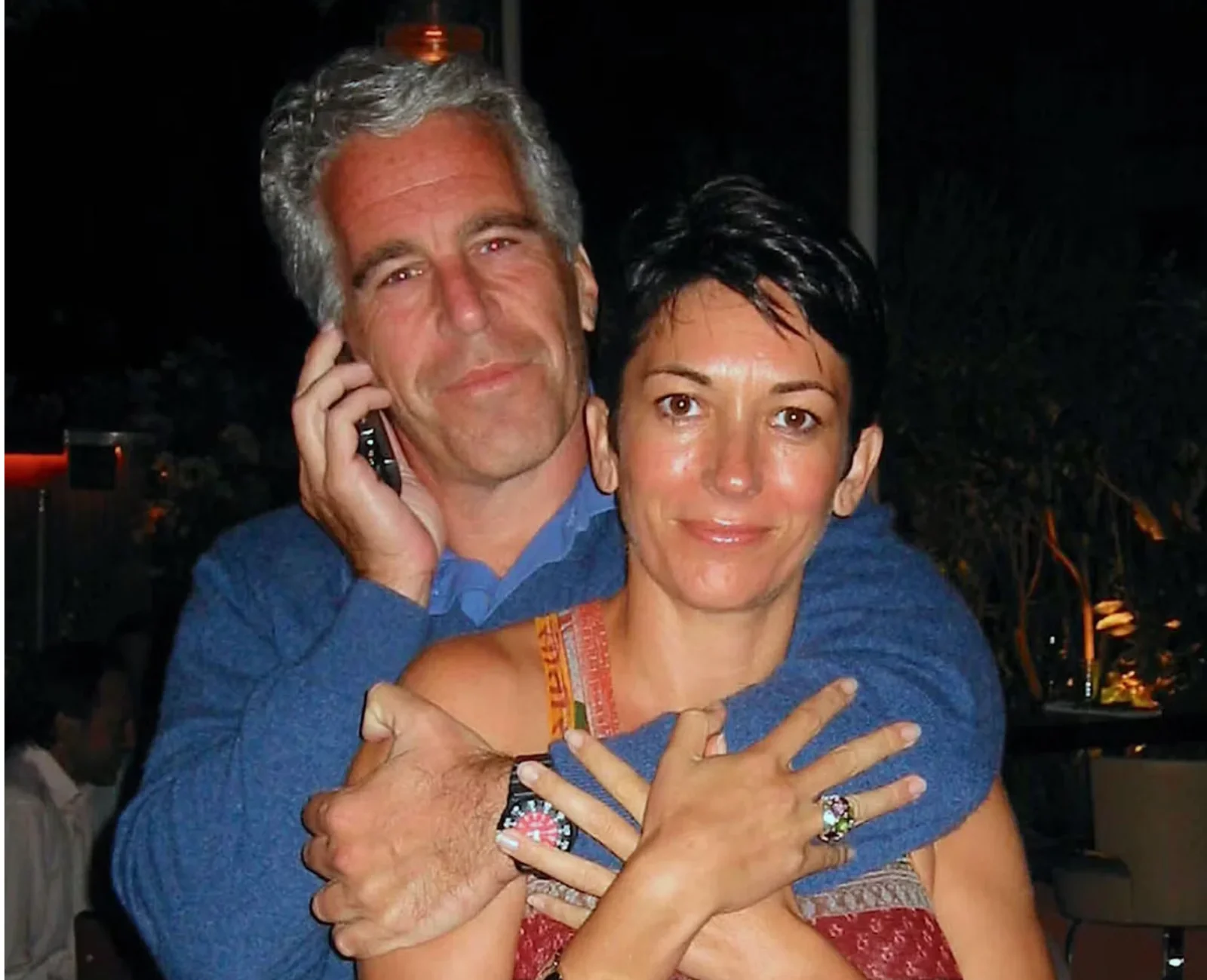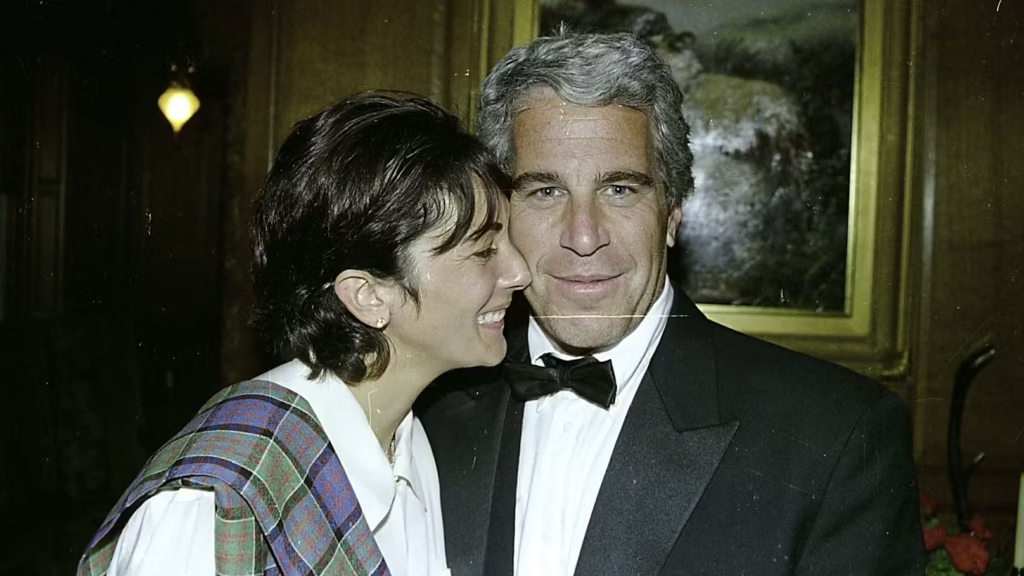World News
Attacks in Lebanon, Iran inject new volatility into Middle East on January 3, 2024 at 11:30 pm
The killing of a top Hamas official in Beirut and a shock explosion that killed dozens of mourners of a top Iranian general are challenging efforts to contain fighting on multiple fronts in the Middle East from exploding into a larger war.
It’s not yet clear what connection, if any, there is between the suspected Israeli assassination against Hamas’s No. 3 official, Saleh al-Arouri, in Beirut on Tuesday, and a mass casualty bombing Wednesday at the memorial ceremony for Qassem Soleimani, the top Iranian military commander who was killed by the U.S. in 2020.
The latest attacks come amid a high-stakes aerial tit-for-tat between the U.S. and Israel on one side and Iranian proxy groups across the region on the other, which have exchanged regular fire over the three months that Israel has prosecuted its war in the Gaza Strip, since Hamas launched its brutal Oct. 7 terrorist attack.
“This is a multiplicity of conflicts happening all at once, with of course Israel-Hamas being the central one,” said Mona Yacoubian, vice president of the Middle East and North Africa Center at the U.S. Institute of Peace.
“I think there are very valid concerns that it could escalate further,” she added. “While the various actors may be calibrating their responses, and calibrating their reactions as a way to forestall a significant regionwide conflict, there’s no guarantee that’s going to work.”
The Biden administration, while supporting Israel’s right to eliminate Hamas, has sought to contain the fighting in the region from expanding into a much larger conflict involving Iran or Hezbollah’s army in southern Lebanon — a force with between 50,000 to 100,000 fighters and an arsenal of an estimated 200,000 rockets, including long-range and precision guided munitions.
“We remain incredibly concerned, as we have been from the outset of this conflict, of the risk of this conflict spreading into other fronts,” State Department spokesperson Matthew Miller said Wednesday.
“I wouldn’t say that our concern is any higher today than it has been from the beginning; it’s been something we’ve been intensely focused on.”
Miller rejected that the U.S. was involved in the explosions in Iran — where at least 103 people are believed to have been killed — and said the U.S. had no reason to believe Israel was involved either. But he would not make a similar statement related to the apparent assassination of Arouri and six other Hamas officials in a drone strike.
“I don’t have an assessment to make about who was responsible for that incident. I’ll leave it to the government of Israel to speak to their actions,” Miller said.
Neomi Neumann, former head of research for Israel’s internal security agency, or Shin Bet, said that it’s unlikely Israel was involved in the bombing in Iran — suggesting opposition groups within Iran or other terrorist groups were a more likely culprit.
But the assassination of Arouri, while not publicly claimed by Israel, signals a major strategic and psychological blow to Hamas’s leadership, and an important step toward Israel’s stated goal of wiping out the U.S.-designated terrorist group.
“From the Israeli [point of view] he should die,” said Neumann, now a visiting fellow with the Washington Institute for Near East Policy. “He should die because in the last two years he was responsible for a lot of terrorist attacks that were carried out from the West Bank, which he was in charge of; he was part of the leadership, part of this architecture, this effort to unify all these fronts in order to weaken Israel.”
Arouri, who was 67, was sanctioned by the U.S. in 2015 for facilitating the transfer of hundreds of thousands of dollars to Hamas’s military wing for the purchase of arms and storage facilities for weapons.
In June 2014, Arouri publicly praised and announced Hamas’s responsibility for the kidnapping and murder of three Israeli teenagers in the West Bank, a terrorist attack that fueled one of the deadliest wars between Israel and Hamas until Oct. 7.
Arouri was deputy head of political affairs for Hamas and viewed as a potential successor to Hamas’s political chief, Ismail Haniyeh, and a major rival of Hamas military head Yahya Sinwar, the architect of the Oct. 7 attacks against Israel, who is believed to be in hiding in the Gaza Strip.
“He was very unique,” Neumann said, adding Arouri was charismatic and able to bridge gaps and tensions that had earlier taken place between Hamas, Hezbollah and Iran, a contrast to the more serious and unlikeable Sinwar.
“Sinwar is a nasty guy, people don’t like him,” Neumann said. “Arouri is the nice guy — not regarding Israel — but he can deal with everybody, he’s admired and people look at him as a leader.”
Hezbollah’s leader Hassan Nasrallah honored Arouri in a speech Wednesday, saying his killing in a Beirut suburb and Hezbollah stronghold would not go unanswered. Nasrallah also marked the anniversary of the U.S. killing of Soleimani.
But even as Nasrallah has allied Hezbollah with Hamas, analysts say he is faced with a dilemma on whether to escalate fighting with Israel over targeted attacks on Palestinian leaders.
”Although Nasrallah has said before, if something happened on the earth of Lebanon, they will react. But I think now both Iran and Nasrallah think to themselves, it’s not worth making war with Israel because of Saleh al-Arouri,” Neumann said.
If there is a decision to retaliate, Neumann continued, Hezbollah would likely strike outside Lebanon and wait until the situation is not as “fragile and unstable” as it is now.
Yacoubian, of the U.S. Institute of Peace, said Hezbollah and Nasrallah are “not interested in a regionwide war or a large-scale conflict directly with Israel.”
Still, there is likely pressure on Hezbollah to respond to the alleged Israeli attack, raising pressure on all sides to avoid dangerous escalation.
Mark Regev, a senior Israeli official, while not claiming responsibility for the Arouri killing, made a point to say that the Hamas leader’s death was not an attack against Hezbollah or Lebanon — an apparent effort to tamp down tensions.
Behnam Ben Taleblu, a senior fellow with the Foundation for Defense of Democracies, also doubted a link between the Arouri killing and the attack in Iran, saying that the bombing in Iran “has the hallmarks of either a Jihadist or separatist group attack on Iran, both of which have occurred in the past against the regime but never on this scale.”
Still, he pointed out Iran is attempting to widen the war in the region by encouraging attacks on U.S. positions in Iraq, Syria by its proxy militias and through the Houthis in Yemen.
“The goal is to generate more risks associated with Israel continuing the war against Hamas,” he said, warning that an escalation in the short term may occur over efforts for Iran to “save face and respond.”
And the Biden administration has sought to counter a wider conflict by increasing its military posture in the region, while also sending warnings publicly and privately through intermediaries in the region.
“Efforts at deterrence have to be multifaceted,” Yacoubian said. “Force posture is really important, and perhaps some signaling kinetically, although I think one has to be very careful. But that must be paired — I would argue — with back-channel communications, with diplomacy.”
The killing of a top Hamas official in Beirut and a shock explosion that killed dozens of mourners of a top Iranian general are challenging efforts to contain fighting on multiple fronts in the Middle East from exploding into a larger war. It’s not yet clear what connection, if any, there is between the suspected…
News
US May Completely Cut Income Tax Due to Tariff Revenue

President Donald Trump says the United States might one day get rid of federal income tax because of money the government collects from tariffs on imported goods. Tariffs are extra taxes the U.S. puts on products that come from other countries.

What Trump Is Saying
Trump has said that tariff money could become so large that it might allow the government to cut income taxes “almost completely.” He has also talked about possibly phasing out income tax over the next few years if tariff money keeps going up.
How Taxes Work Now
Right now, the federal government gets much more money from income taxes than from tariffs. Income taxes bring in trillions of dollars each year, while tariffs bring in only a small part of that total. Because of this gap, experts say tariffs would need to grow by many times to replace income tax money.
Questions From Experts
Many economists and tax experts doubt that tariffs alone could pay for the whole federal budget. They warn that very high tariffs could make many imported goods more expensive for shoppers in the United States. This could hit lower- and middle‑income families hardest, because they spend a big share of their money on everyday items.
What Congress Must Do
The president can change some tariffs, but only Congress can change or end the federal income tax. That means any real plan to remove income tax would need new laws passed by both the House of Representatives and the Senate. So far, there is no detailed law or full budget plan on this idea.

What It Means Right Now
For now, Trump’s comments are a proposal, not a change in the law. People and businesses still have to pay federal income tax under the current rules. The debate over using tariffs instead of income taxes is likely to continue among lawmakers, experts, and voters.
News
Epstein Files to Be Declassified After Trump Order

Former President Donald Trump has signed an executive order directing federal agencies to declassify all government files related to Jeffrey Epstein, the disgraced financier whose death in 2019 continues to fuel controversy and speculation.
The order, signed Wednesday at Trump’s Mar-a-Lago estate, instructs the FBI, Department of Justice, and intelligence agencies to release documents detailing Epstein’s network, finances, and alleged connections to high-profile figures. Trump described the move as “a step toward transparency and public trust,” promising that no names would be shielded from scrutiny.
“This information belongs to the American people,” Trump said in a televised statement. “For too long, powerful interests have tried to bury the truth. That ends now.”
U.S. intelligence officials confirmed that preparations for the release are already underway. According to sources familiar with the process, the first batch of documents is expected to be made public within the next 30 days, with additional releases scheduled over several months.
Reactions poured in across the political spectrum. Supporters praised the decision as a bold act of accountability, while critics alleged it was politically motivated, timed to draw attention during a volatile election season. Civil rights advocates, meanwhile, emphasized caution, warning that some records could expose private victims or ongoing legal matters.
The Epstein case, which implicated figures in politics, business, and entertainment, remains one of the most talked-about scandals of the past decade. Epstein’s connections to influential individuals—including politicians, royals, and executives—have long sparked speculation about the extent of his operations and who may have been involved.

Former federal prosecutor Lauren Fields said the release could mark a turning point in public discourse surrounding government transparency. “Regardless of political stance, this declassification has the potential to reshape how Americans view power and accountability,” Fields noted.
Officials say redactions may still occur to protect sensitive intelligence or personal information, but the intent is a near-complete disclosure. For years, critics of the government’s handling of Epstein’s case have accused agencies of concealing evidence or shielding elites from exposure. Trump’s order promises to change that narrative.
As anticipation builds, journalists, legal analysts, and online commentators are preparing for what could be one of the most consequential information releases in recent history.
Politics
Netanyahu’s UN Speech Triggers Diplomatic Walkouts and Mass Protests

What Happened at the United Nations
On Friday, Israeli Prime Minister Benjamin Netanyahu addressed the United Nations General Assembly in New York City, defending Israel’s ongoing military operations in Gaza. As he spoke, more than 100 delegates from over 50 countries stood up and left the chamber—a rare and significant diplomatic walkout. Outside the UN, thousands of protesters gathered to voice opposition to Netanyahu’s policies and call for accountability, including some who labeled him a war criminal. The protest included activists from Palestinian and Jewish groups, along with international allies.

Why Did Delegates and Protesters Walk Out?
The walkouts and protests were a response to Israel’s continued offensive in Gaza, which has resulted in widespread destruction and a significant humanitarian crisis. Many countries and individuals have accused Israel of excessive use of force, and some international prosecutors have suggested Netanyahu should face investigation by the International Criminal Court for war crimes, including claims that starvation was used as a weapon against civilians. At the same time, a record number of nations—over 150—recently recognized the State of Palestine, leaving the United States as the only permanent UN Security Council member not to join them.
International Reaction and Significance
The diplomatic walkouts and street protests demonstrate increasing global concern over the situation in Gaza and growing support for Palestinian statehood. Several world leaders, including Colombia’s President Gustavo Petro, showed visible solidarity with protesters. Petro called for international intervention and, controversially, for US troops not to follow orders he viewed as supporting ongoing conflict. The US later revoked Petro’s visa over his role in the protests, which he argued was evidence of a declining respect for international law.

Why Is This News Important?
The Gaza conflict is one of the world’s most contentious and closely-watched issues. It has drawn strong feelings and differing opinions from governments, activists, and ordinary people worldwide. The United Nations, as an international organization focused on peace and human rights, is a key arena for these debates. The events surrounding Netanyahu’s speech show that many nations and voices are urging new action—from recognition of Palestinian rights to calls for sanctions against Israel—while discussion and disagreement over the best path forward continue.
This episode at the UN highlights how international diplomacy, public protests, and official policy are all intersecting in real time as the search for solutions to the Israeli-Palestinian conflict remains urgent and unresolved.

 Entertainment5 days ago
Entertainment5 days agoWicked Sequel Disappoints Fans: Audience Verdict on For Good

 Entertainment3 weeks ago
Entertainment3 weeks agoAfter Party: Festival Winner for Best Romantic Short

 News3 weeks ago
News3 weeks agoCamp Wackapoo – Rise of Glog Takes Center Stage

 News2 weeks ago
News2 weeks agoYolanda Adams Questions Traditional Views on God’s Gender, Audience Reacts

 Entertainment3 weeks ago
Entertainment3 weeks agoFrancisco Ramos Takes Top Mockumentary Award at Houston Comedy Film Festival

 Politics3 weeks ago
Politics3 weeks agoTrump’s $2,000 Tariff Dividend Plan: Who Gets Paid?

 Politics4 weeks ago
Politics4 weeks agoMamdani’s Victory Triggers Nationwide Concern Over New York’s Future

 Film Production3 weeks ago
Film Production3 weeks agoWhy China’s 2-Minute Micro Dramas Are Poised To Take Over The U.S.



























